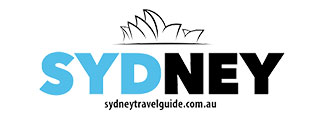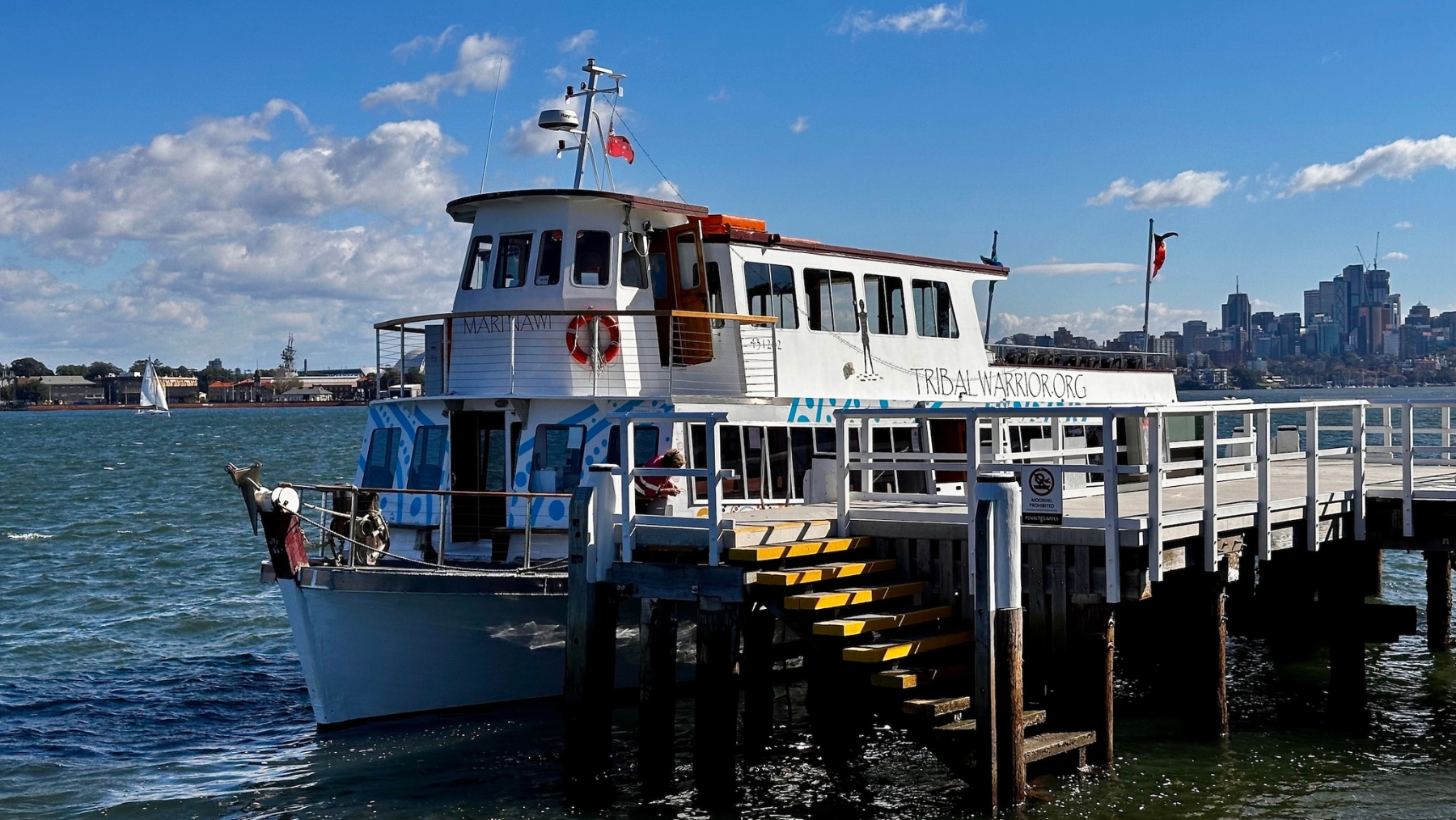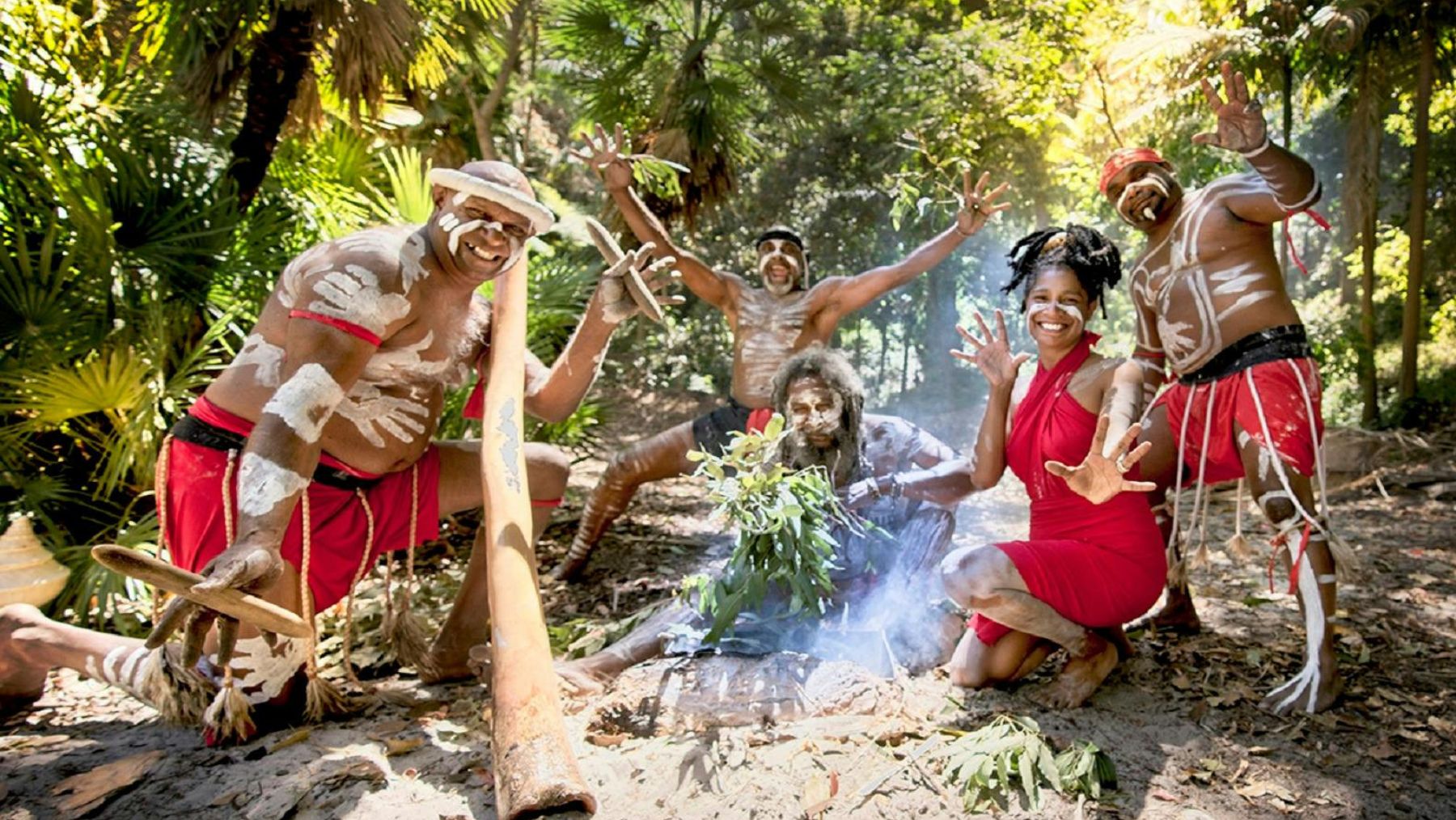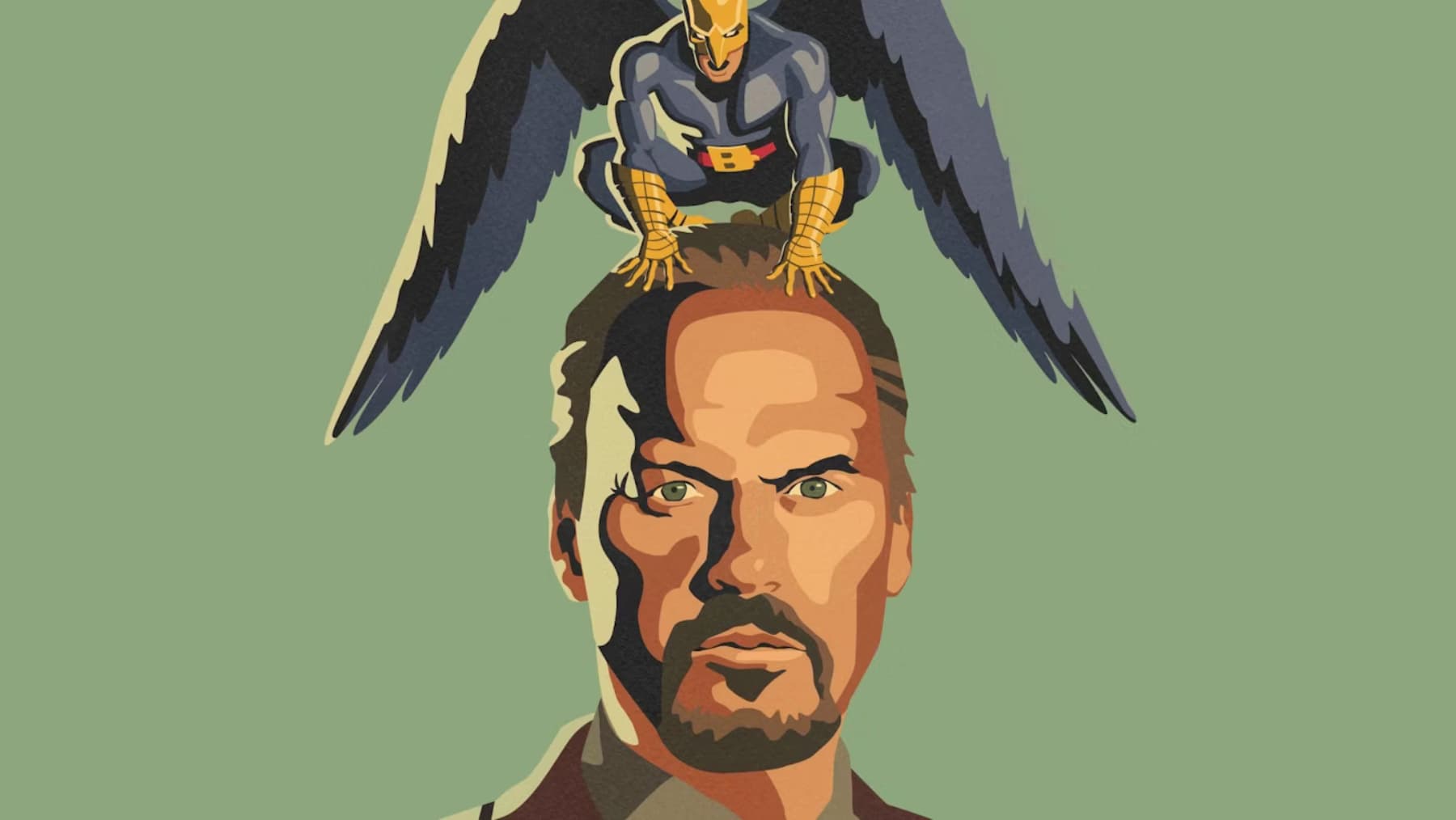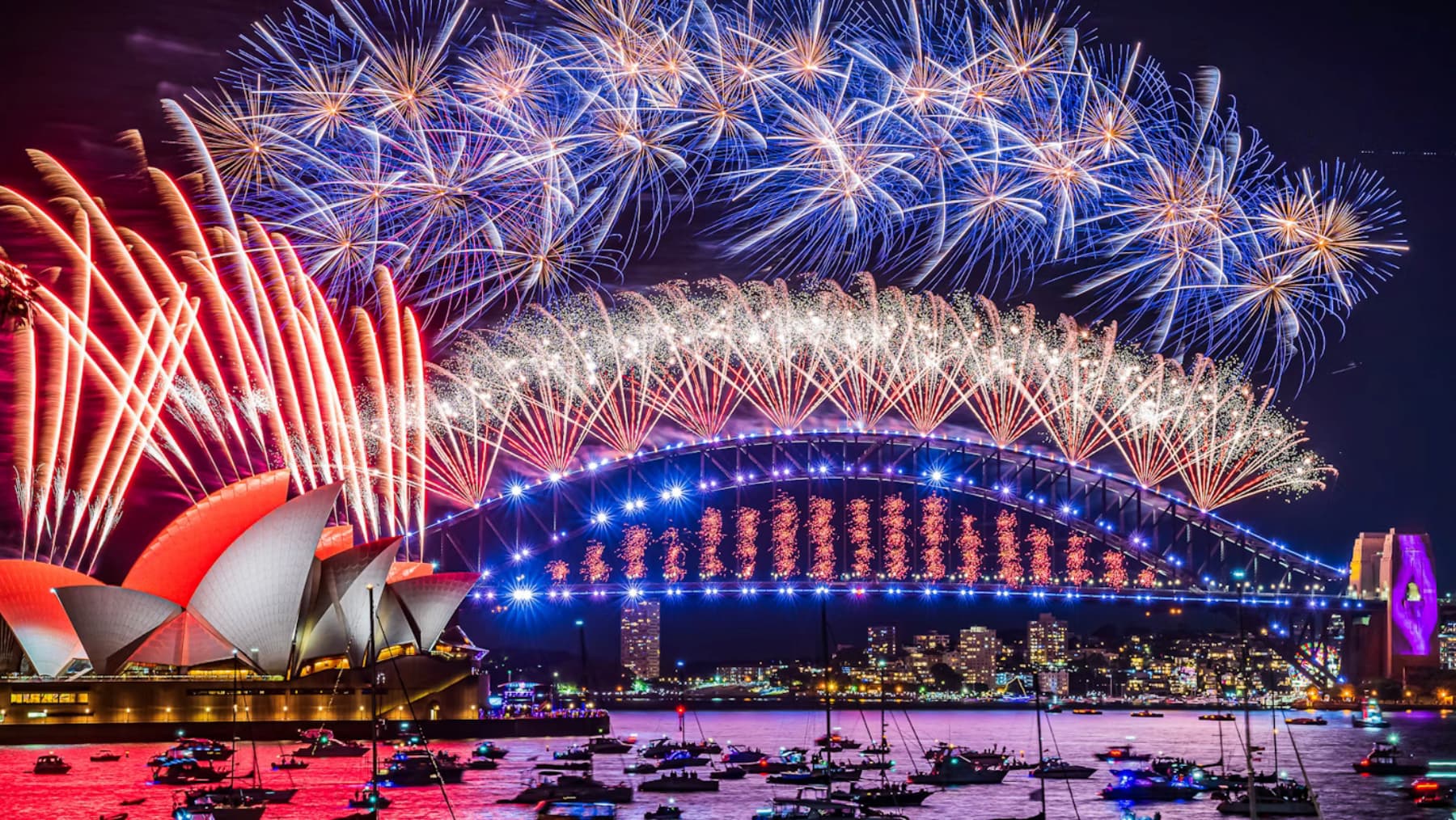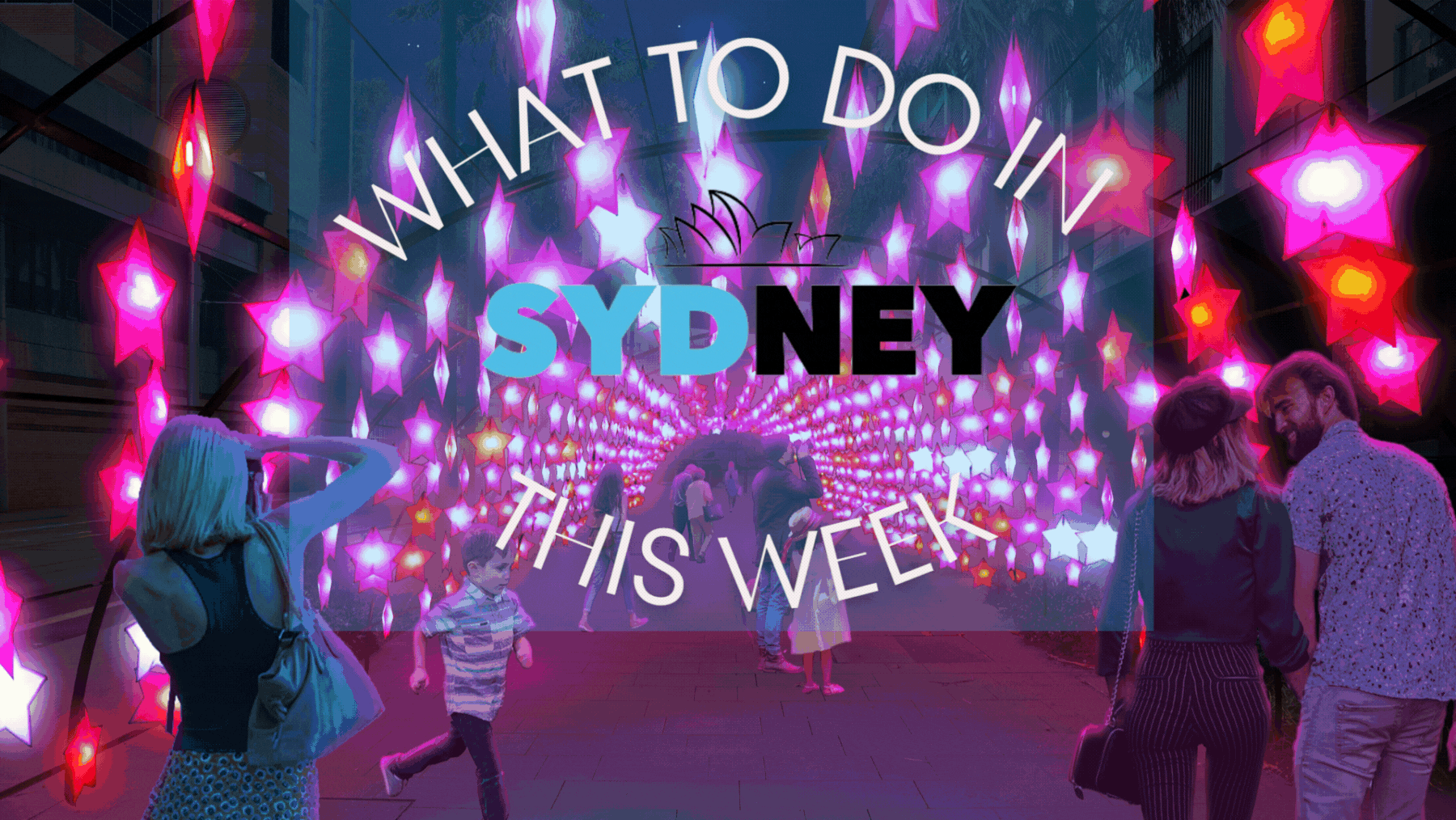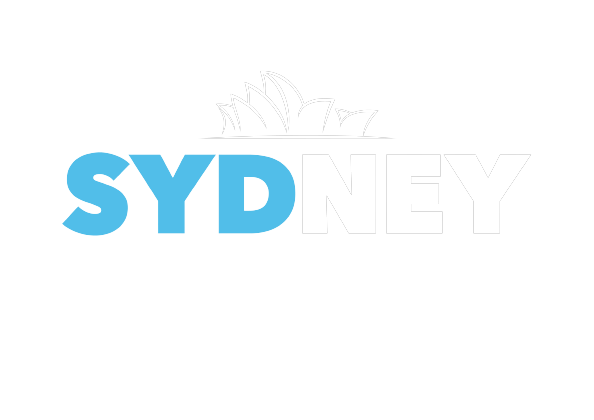- Visitors want genuine indigenous experiences, like this Aboriginal boat tour of Sydney Harbour.
- Tribal Warrior is owned and operated by the Aboriginal community.
- It is a charitable organisation that donates all profits towards community projects.
Sydney Harbour, renowned for its stunning beauty and iconic landmarks, offers many experiences for locals and tourists alike. However, few are as profound and eye-opening as a Tribal Warrior Aboriginal Cultural Cruise, which provides a unique glimpse of the rich indigenous heritage just minutes from the Opera House.
Our two young guides, 19-year-old Keara and her brother Brock, danced, played the didgeridoo and recounted tales of how Sydney’s tribes lived before colonialisation. We were taken to Clark Island, where we learned about sacred sites and those who lived there, including the Gadigal, Guringai, Wangal, Gammeraigal, and Wallumedegal people.
Even for a seasoned Sydneysider like myself, the pair were full of fresh insights about places I‘ve been visiting for years.
How our journey began
Our adventure began on a sunny morning at Circular Quay, just around the corner from the Opera House. Our fellow travellers were education groups – one, a 19-strong band of young Americans from college, who were spending five weeks in Australia. Another a local education group.
Tribal Warrior has three vessels, and we were on the Mari Nawi, which means ‘big canoe’ in the Gadigal language.
Mari Nawi offers immersive Sydney Harbour Cultural Cruises. It provides guests with experiences that highlight Aboriginal culture and history in a respectful and engaging environment on waters that hold deep cultural significance for the Eora Nation, the Aboriginal coastal peoples who resided in and around Sydney before European settlement.
Just after 10.30 am we were underway, heading out onto the pristine waters of the harbour.

Sharing stories
As we passed the Sydney Opera House, Keara explained how the area had been home to several tribes with very different cultures and languages. It was one of the first problems for British Lieutenant James Cook, commanding the HMB Endeavour, who in 1770 claimed the eastern coast of Australia for Great Britain, naming it New South Wales. He thought all Aboriginal people were the same.
Keara explained the fractured relationship with the British – and how diseases like the common cold, which the indigenous population had no immunity to, killed more than any battle with the colonialists.
But there were among the British community those with a strong interest in the local people.
The wife of the governor of New South Wales, Mrs Elizabeth Macquarie – famous for Mrs Macquarie’s Chair, a rock seat at one end of the Botanic Gardens – set up a hospice and used her staff to care for local tribes who fell sick.
As we passed through many well-known landmarks, the harbour was transformed from a modern metropolis to a sacred landscape, teeming with history and significance through Keara’s stories.
The Sydney Opera House, for instance, stands on Bennelong Point, traditional land of the Gadigal people, known as Tubowgule. For thousands of years, Tubowgule was a place of gathering and belonging. The Gadigal would meet on the tidal island, eat and share stories.
Today, the Opera House has one of the city’s leading Indigenous restaurants. Located on the Western Broadwalk of the Opera House, Midden creates an exciting culinary experience and heroes a produce-focused menu of native Australian ingredients – from wattle seed and bush honey to saltbush and succulents.
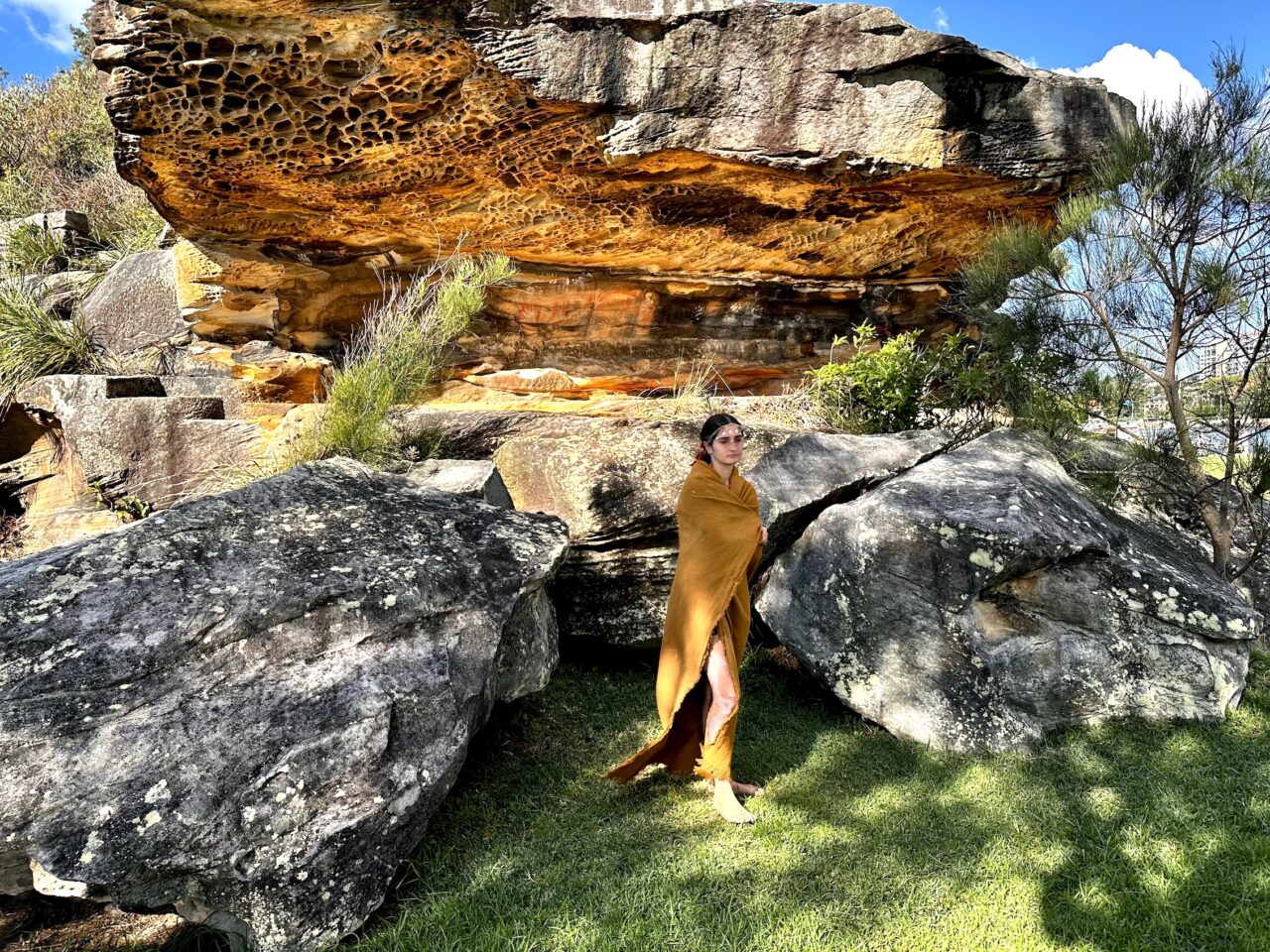
Clark Island: A sacred stop
A highlight of our tour was the stop at Clark Island. As we approached, the guides explained the island’s historical and cultural importance.
Clark Island, named after Lieutenant Ralph Clark, who arrived with the First Fleet, was called Be-lang-le-wol. It holds much deeper significance for the Aboriginal people. It was once a place of gathering, ceremony, and sustenance for the indigenous clans.
As we disembarked, we were split into two groups – women on the left, and men on the right – and our faces were painted with white chalk-like rock and water. The women had five dots on their foreheads to signify they were “wise owls”, while the men had warrior-like streaks from their noses to their jawline.
The guides led us on a walk through the island, pointing out various sacred sites and explaining their meanings. We learned where generations of Aboriginal people caught fish in natural and man-made traps, ate leaves to get salt, and danced. Keara and her brother then showed us various dances.
The guides also highlighted the flora and fauna unique to the island, explaining how they were used by the indigenous inhabitants for food, medicine, and tools. This intimate knowledge of the natural environment was a testament to the sustainable and harmonious lifestyle of the Aboriginal clans.
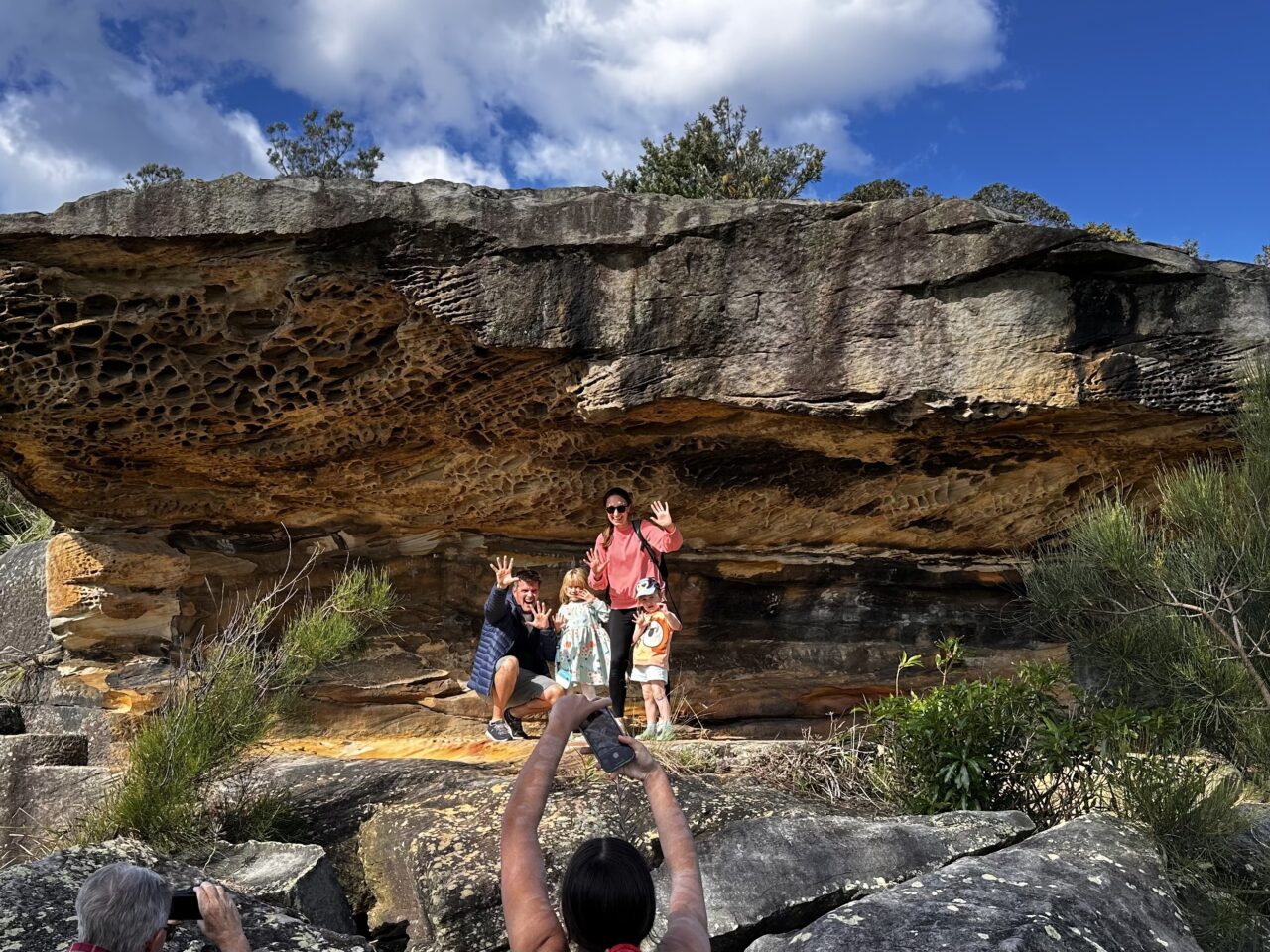
Tribal Warrior tours – are they worth it?
As our tour concluded and we made our way back across the bustling harbour, there was a collective sense of appreciation among the group. The young guides had not only shared information but bridged a gap between past and present, allowing us to see Sydney Harbour through the eyes of its first inhabitants. Their passion was inspiring, leaving us with a renewed respect for the Aboriginal heritage and its vital place in Australia’s history.
This tour was more than just an educational experience; it was a journey of understanding and connection. The guides’ personal stories and the sacred sites of Clark Island reminded us of the resilience and richness of Aboriginal culture. It was a powerful reminder that Sydney Harbour is not just a place of scenic beauty but a living testament to the history and spirit of the Aboriginal people.
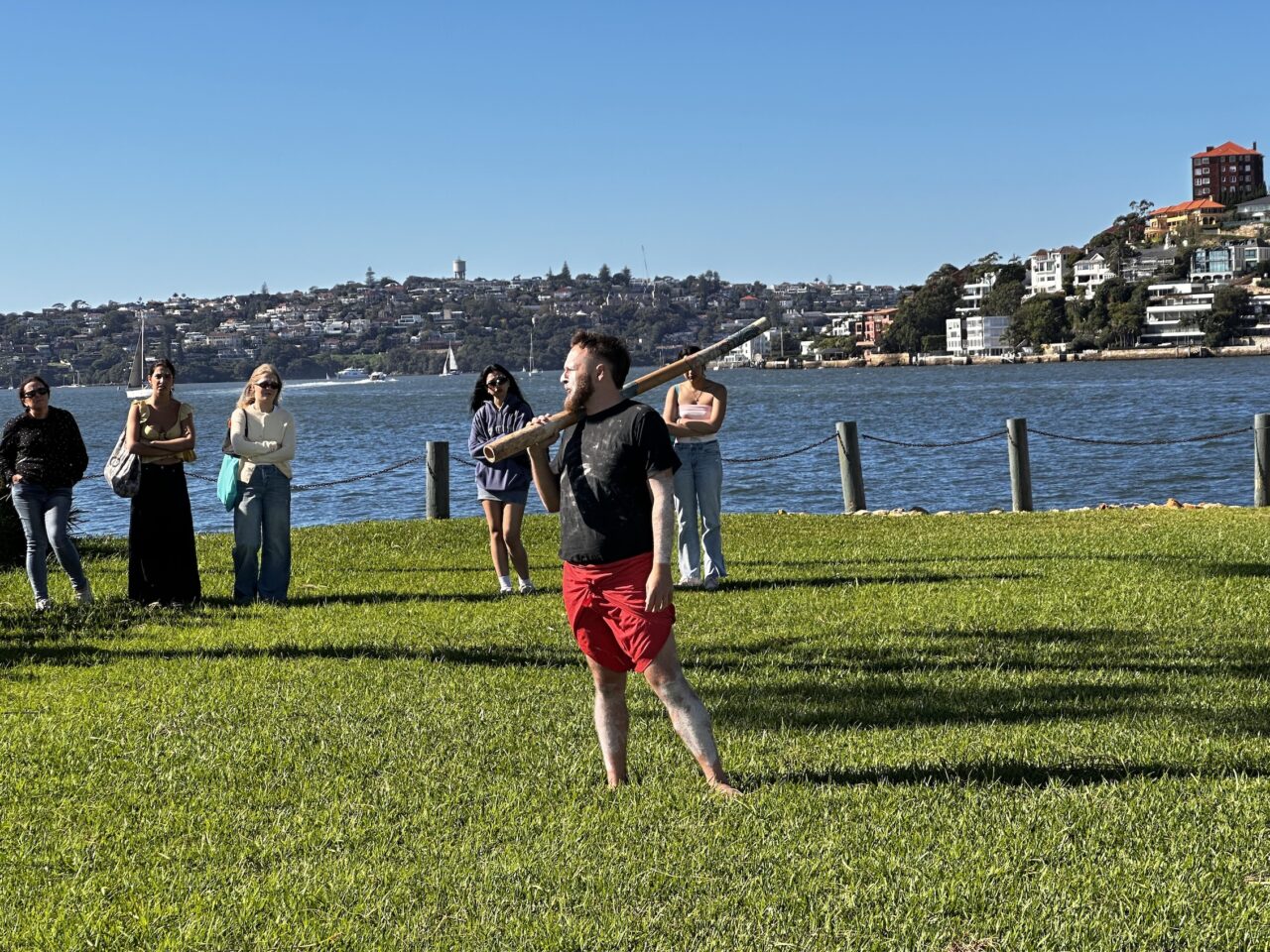
Our verdict
Our Aboriginal Cultural Tour costs $77 for two hours, including tea, coffee and cultural experiences.
The tour of Sydney Harbour, led by knowledgeable and passionate young guides, offers a unique opportunity to explore the sacred sites and learn about the people who lived there before Australia was colonised. The stop at Clark Island, with its profound cultural heritage, was particularly moving.
This experience is a must for anyone looking to deepen their understanding of Australia’s indigenous history and appreciate the enduring spirit of the Aboriginal people.
The tour showed us that the stories of the past continue to shape the present, and that the heritage of the Aboriginal people is an integral part of Australia’s identity.
Tribal Warrior is a non-profit community organisation dedicated to empowering Aboriginal and Torres Strait Islander communities and relies on the community for both practical and financial support.
All monies from the Tribal Warrior boat tours go back to the community in Redfern and help support the organisation’s work in helping young Aboriginal people.
The organisation is deeply committed to preserving and promoting Aboriginal culture, offering a range of cultural tours and experiences, and educating both locals and visitors about the rich history and traditions of Aboriginal people. Tribal Warrior initially started with maritime training programs to provide employment opportunities for local Aboriginal men. This training has since expanded to include various vocational programs designed to upskill community members and create pathways to sustainable employment.
Tribal Warrior runs several social programs aimed at addressing the needs of the Indigenous community. Through its various initiatives, Tribal Warrior has become a model for economic empowerment within the Aboriginal community. By generating income through social enterprises and creating job opportunities, the organisation helps to build economic self-sufficiency for Indigenous Australians.
Tribal Warrior Aboriginal Cultural Cruise
Where: Eastern Pontoon, Circular Quay
Price: Adults $77; Children $49.50; Students and concessions: $53.90
For more, visit tribalwarrior.org/cultural-cruise
